21 Wild Animals in Guatemala [Wildlife in Guatemala]
Want to know more about the wildlife in Guatemala?
Discover 21 wild animals in Guatemala in this post, as well as interesting facts about them. 🇬🇹
Learn All About Guatemalan Animals
Ready to learn all about Guatemalan animals?
I’ve always been fascinated by animals, and by how they can be so different from one country to another. In this guide, we’ll focus on the many animals Guatemala has on the land, in the sky, and underwater.
I’ve split the guide into 4 categories:
- Native animals from Guatemala
- Endangered animals of Guatemala
- What is Guatemala national animal?
- How many animals native to Guatemala?
Let’s dive in right away with our first category!
Native Animals from Guatemala
Guatemala is a Central American country located on the western coast of the continent, next to the Pacific Ocean. Throughout its history, it has suffered a lot from political instability, and it used to be a Spanish colony. It is bordered by Mexico, El Salvador, Honduras, and Belize, and its capital and largest city is Guatemala City (fairly easy to remember), which counts more than 2,934,000 inhabitants (but more than 5,103,000 if you include the metropolitan area).
An interesting part of the country that I wanted to tackle is its wildlife. In light of that, I have listed the best of it, and I hope you will love learning what animals live in Guatemala.
Here’s the Guatemala animals list.
1. Yucatán black howler
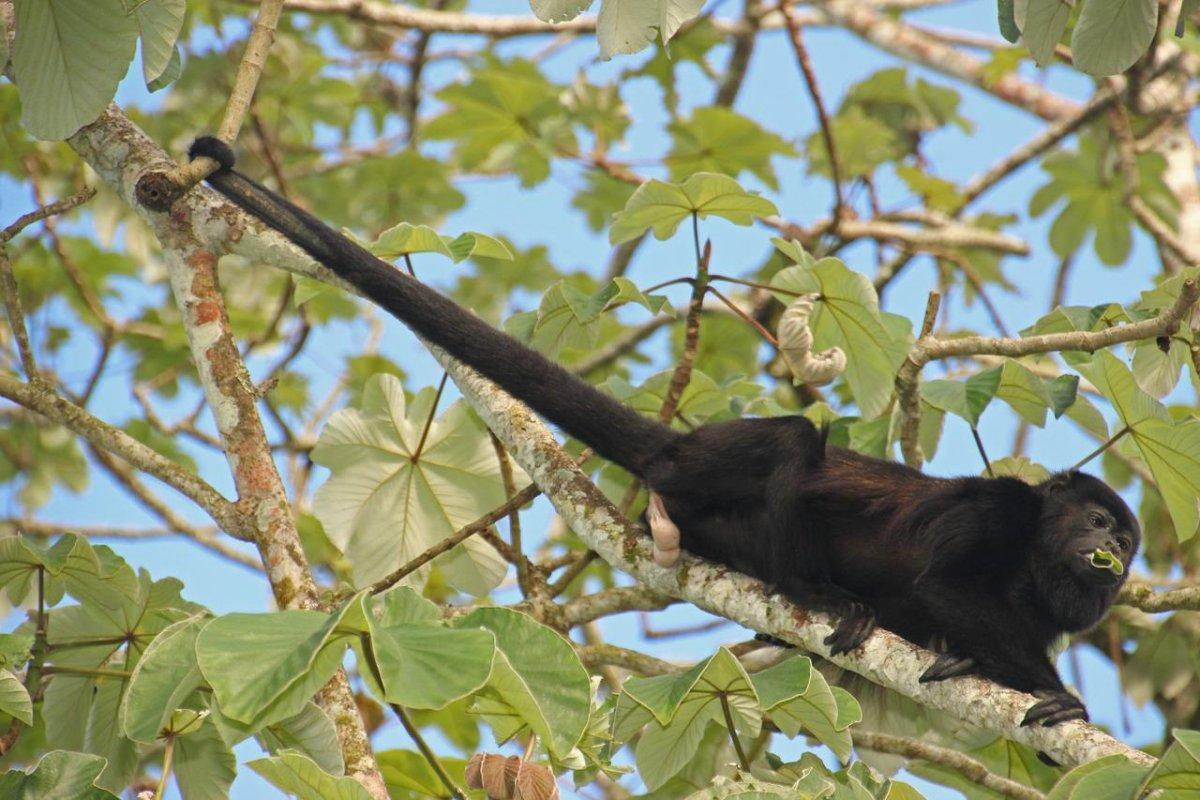
- Name: Yucatán black howler
- Scientific name: Alouatta pigra
- Conservation status:
The Yucatán black howler, also known as the Guatemalan black howler, is a species of howler monkey and New World monkey native to Central America. It can be found in Guatemala, Belize, and Mexico, and lives in evergreen and lowland rain forests.
Locally known as the baboon in Belize, it has nothing to do with its African counterparts. This monkey is the largest of the howler monkeys, and its global population is expected to decline by about 60 percent over the next 30 years, mostly due to habitat loss, capture as pets, and hunting.
2. Common black hawk
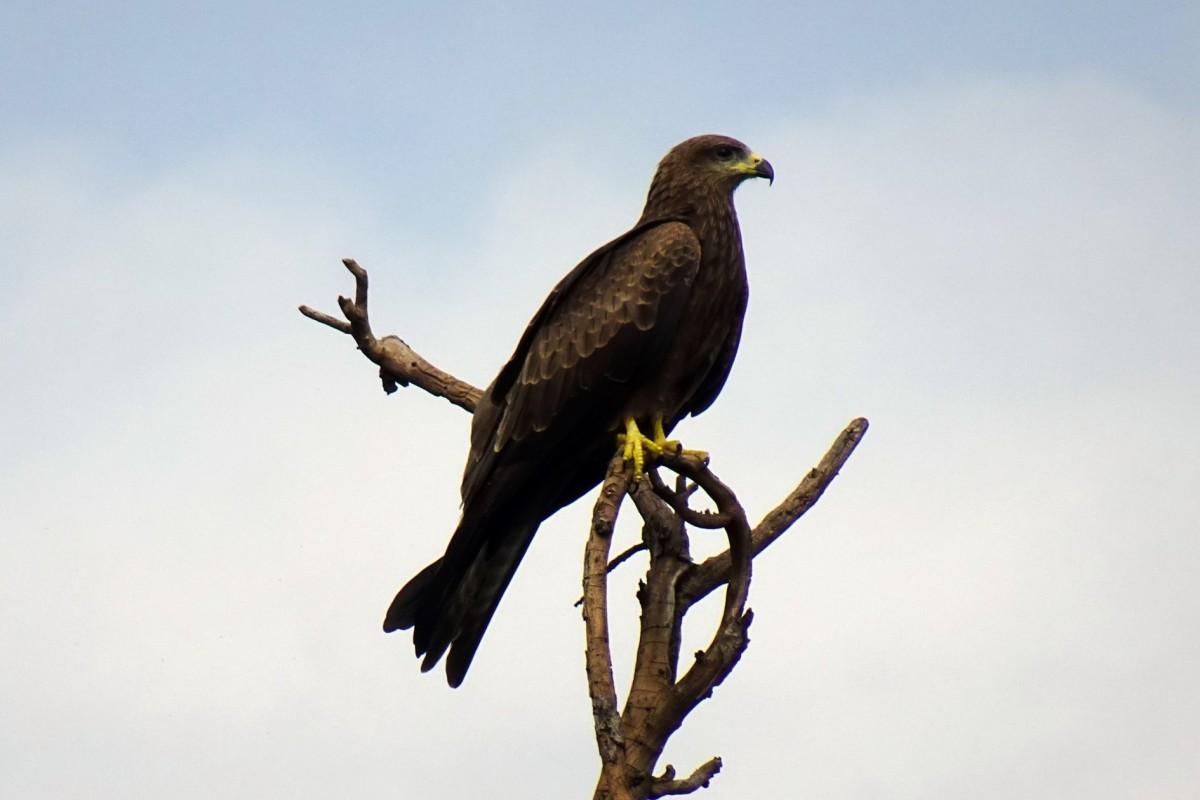
- Name: Common black hawk
- Scientific name: Buteogallus anthracinus
- Conservation status:
The common black hawk is a species of bird of prey native to Central America and northwestern South America. It builds a platform nest made of sticks and lays 1 to 3 eggs.
This hawk lives in mangrove swamps, estuaries, and other coastal areas, although some inland populations exist. In terms of feeding, it mostly eats crabs, but can also hunt for small vertebrates and eggs. It is protected in the United States and is generally of least concern.
3. Spectacled caiman
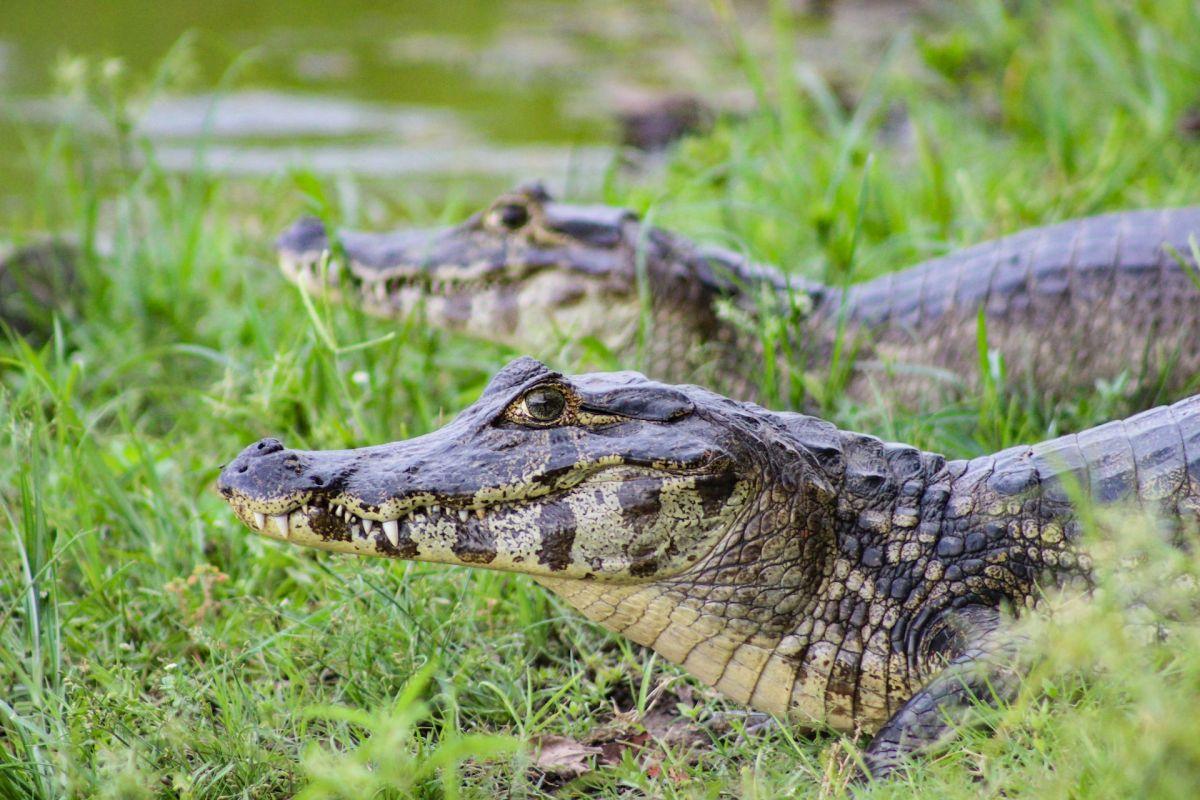
- Name: Spectacled caiman
- Scientific name: Caiman crocodilus
- Conservation status:
The spectacled caiman, also known as the speckled caiman, the common caiman, or the white caiman, is a species of crocodilian native to northern South America and Mesoamerica, and it was introduced to the United States, Puerto Rico, and Cuba.
Depending on the season, it will feed on different prey, from crabs and fish to snails and mammals. Thanks to its wide range and large population, this caiman is listed as least concern.
4. Brown basilisk
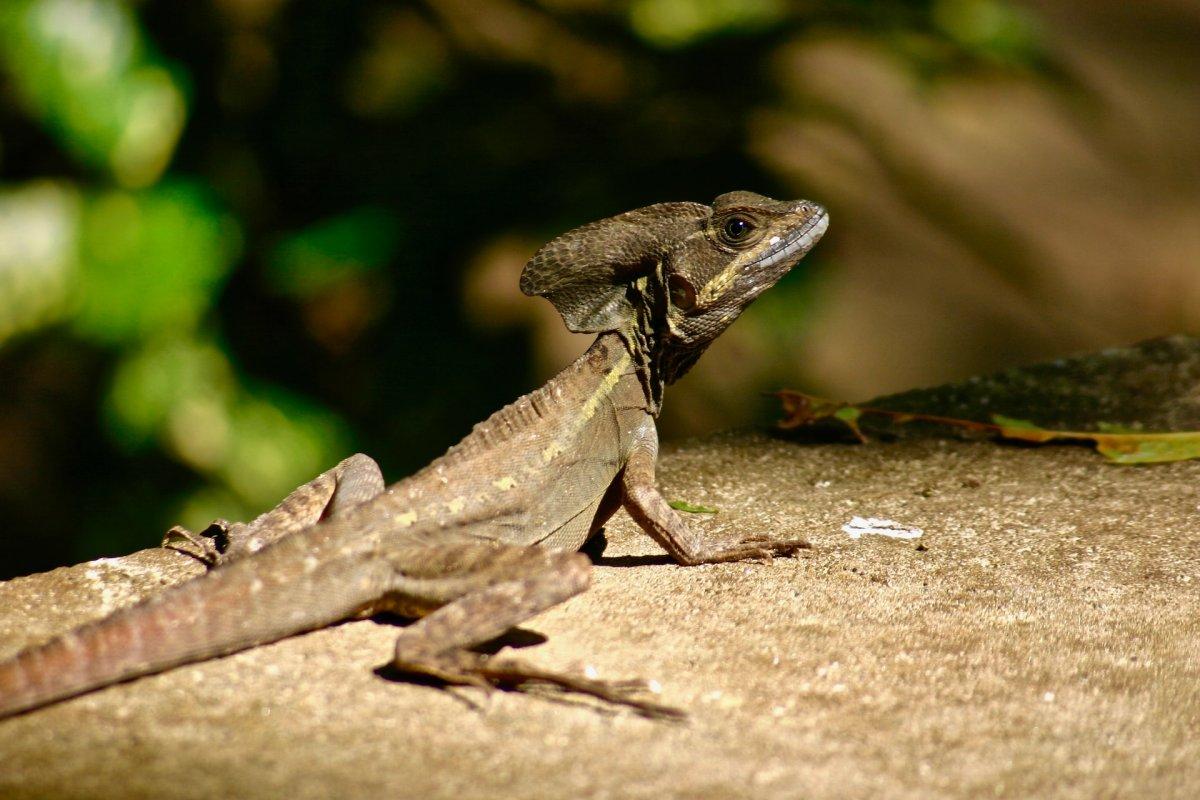
- Name: Brown basilisk
- Scientific name: Basiliscus vittatus
- Conservation status:
The brown basilisk, also known as the striped basilisk or the common basilisk, is a species of reptile native to Central America, Mexico, and Colombia. It was introduced into Florida as a feral species.
Basilisk lizards are fairly well-known for seemingly walking on water; this is due to the way they move very quickly across the water. However, they cannot constantly walk on water, as they can only do it for short distances, which is still particularly handy to escape potential predators!
5. White-lipped peccary
- Name: White-lipped peccary
- Scientific name: Tayassu pecari
- Conservation status:
The white-lipped peccary is a species of hoofed mammal native to Central and South America. It mostly inhabits rainforests, but can also adapt to several other types of habitats such as mangrove swamps, grasslands, Cerrado, and dry forests.
This animal will not hesitate to travel long distances in order to find food, and it is omnivorous: while mostly feeding on fruit, it can eat practically anything. However, it is seriously threatened by deforestation, hunting, and disease.
6. Ocelot
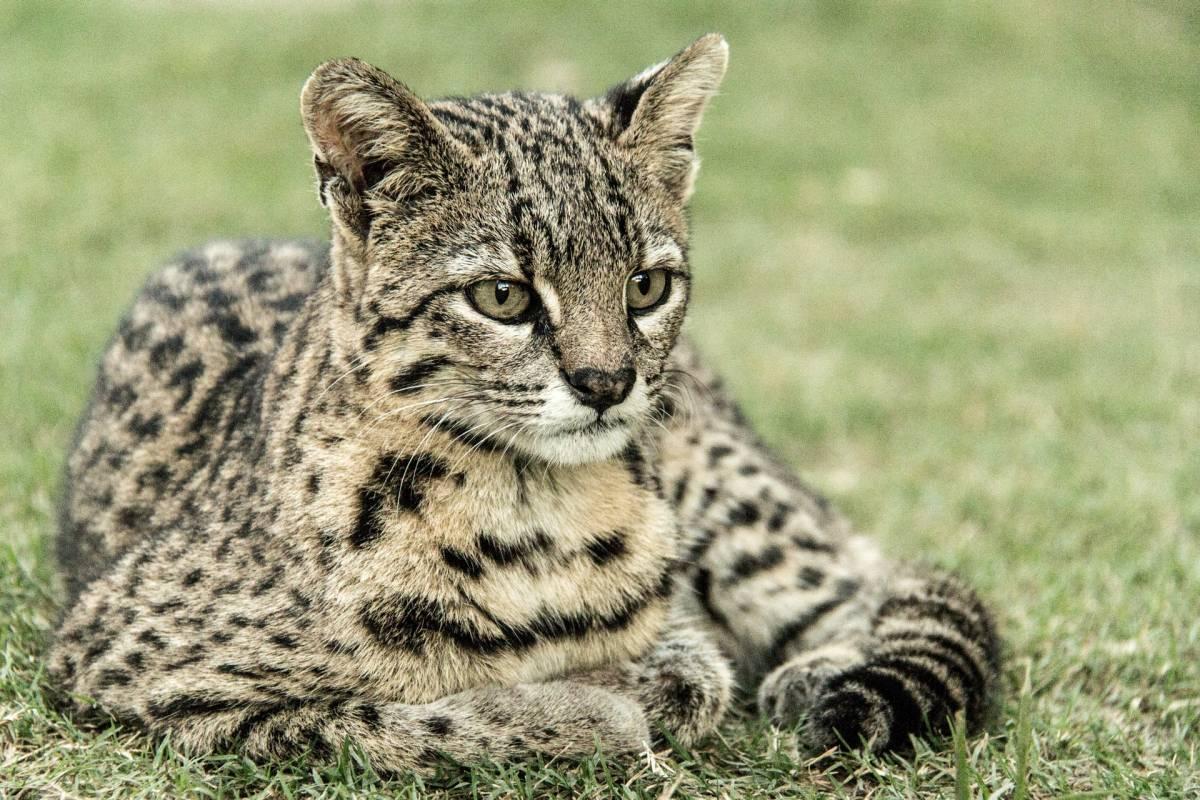
- Name: Ocelot
- Scientific name: Leopardus pardalis
- Conservation status:
The ocelot is one of the least threatened species of wild cat. It is medium-sized, and native to Central and South America, as well as the Caribbean Islands, where it lives in areas close to bodies of water.
With a beautiful clouded coat, the ocelot is mostly active during twilight and at night, and it is a territorial and solitary animal. Fantastic climber and swimmer, it is a dreadful predator, at least for terrestrial mammals such as opossums, armadillos, or lagomorphs.
7. Túngara frog
- Name: Túngara frog
- Scientific name: Engystomops pustulosus
- Conservation status:
The túngara frog is a species of frog native to Mexico and Central America, as well as possibly South America. It lives in tropical and subtropical dry forests, dry savanna, grasslands, freshwater marshes, ponds, and ditches, and is one of many amphibian species that you will find in Guatemala.
This frog species is nocturnal and feeds on ants and termites. Interestingly enough, it was already spotted cooperating with tarantulas: while protecting their eggs, the spider would protect the frog from predators!
8. Costa Rican zebra tarantula
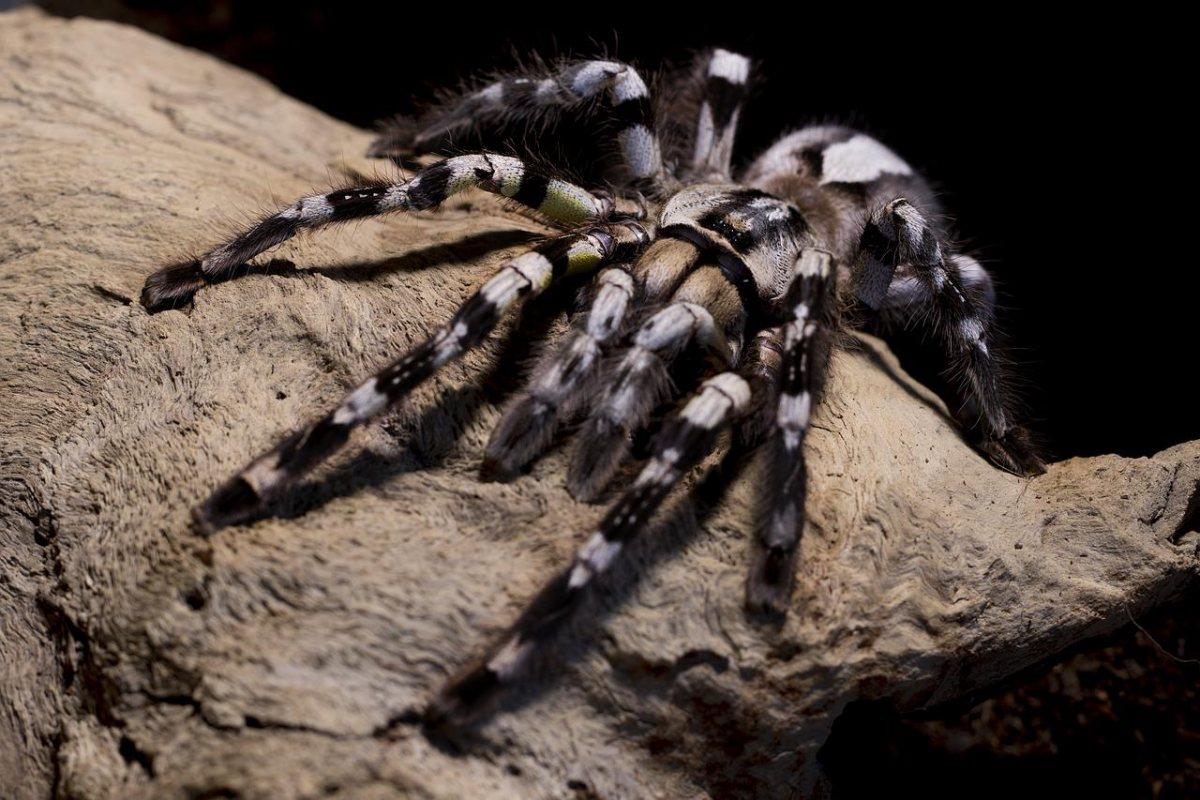
- Name: Costa Rican zebra tarantula
- Scientific name: Aphonopelma seemanni
- Conservation status:
Speaking of tarantulas, there are indeed some of them in Guatemala; look away if you can’t stand the appearance of this giant hairy spider!
The Costa Rican zebra tarantula is, as its name suggests, a species of tarantula native to Costa Rica, but also to other parts of Central America, such as Guatemala, Honduras, and Nicaragua. It can grow to up to 13 cm / 5.1 in, and females live up to 20 years.
9. Hawksbill sea turtle
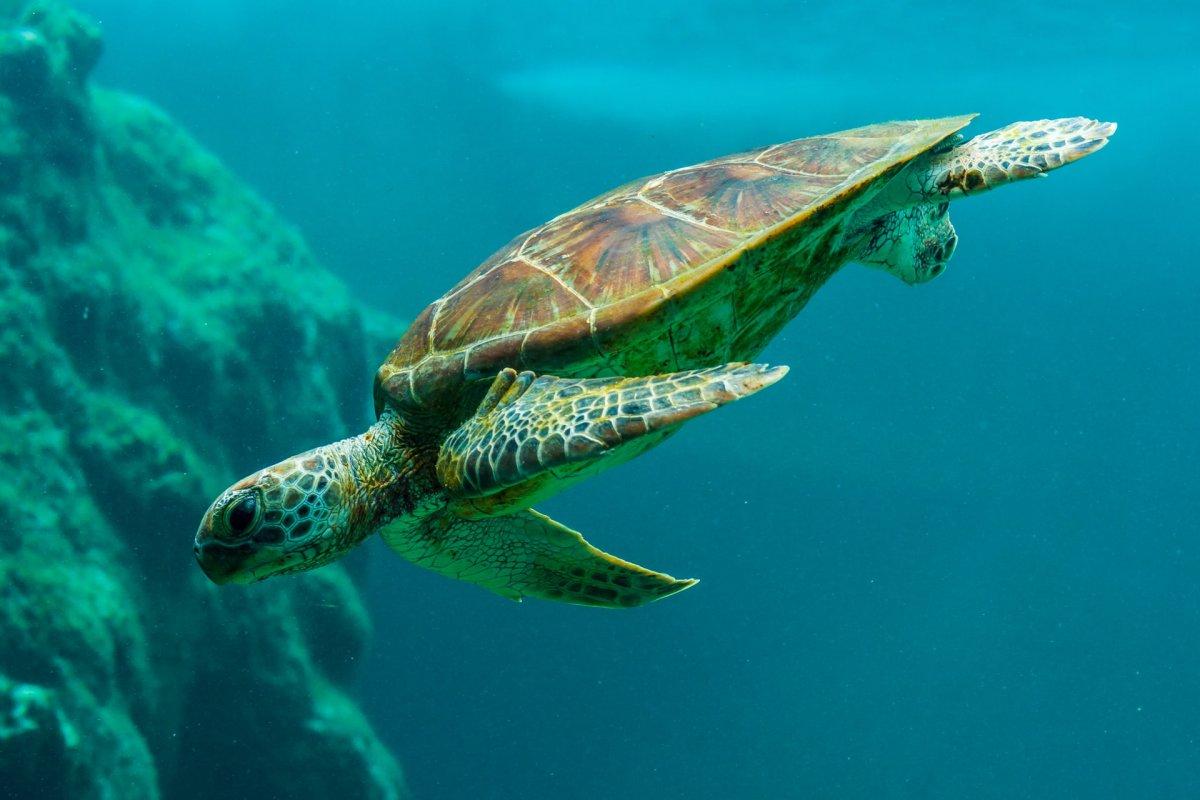
- Name: Hawksbill sea turtle
- Scientific name: Eretmochelys imbricata
- Conservation status:
We haven’t talked about it yet, but with the stunning coastline of Guatemala comes marine life of course! The hawksbill sea turtle is one of the most famous aquatic species you will find in the country. Sadly critically endangered, it has a flattened body with a strong carapace and limbs adapted to swimming.
While this turtle lives some time in the open ocean, it mostly inhabits coastal areas, lagoons, and coral reefs. It is critically threatened by fishing practices and hunting for decorative purposes.
10. Ocellated turkey
- Name: Ocellated turkey
- Scientific name: Meleagris ocellata
- Conservation status:
Guatemala definitely has fancier turkeys than the ones you can find around the world! The ocellated turkey is a particularly colorful species of turkey native to Mexico, Guatemala, and Belize. It is a large bird with an average weight of 3 kg / 6.6 lb that lives in a relatively small range.
This species suffers from agricultural and urban expansion, as well as hunting. However, although it used to be considered endangered, it has been reassessed as near threatened and is doing much better than before.
11. Northern naked-tailed armadillo
- Name: Northern naked-tailed armadillo
- Scientific name: Cabassous centralis
- Conservation status:
The northern naked-tailed armadillo is a species of armadillo, which are, as a group, some of the most endangered animals on the planet. Not much is known about this species though, except that it is one of two armadillo species that can be found outside of South America.
What we know about the northern naked-tailed armadillo is that it is a solitary insectivore that mostly feeds on ants and termites, and it spends most of its time underground, which is also why it is so hard to spot.
12. Geoffroy’s spider monkey
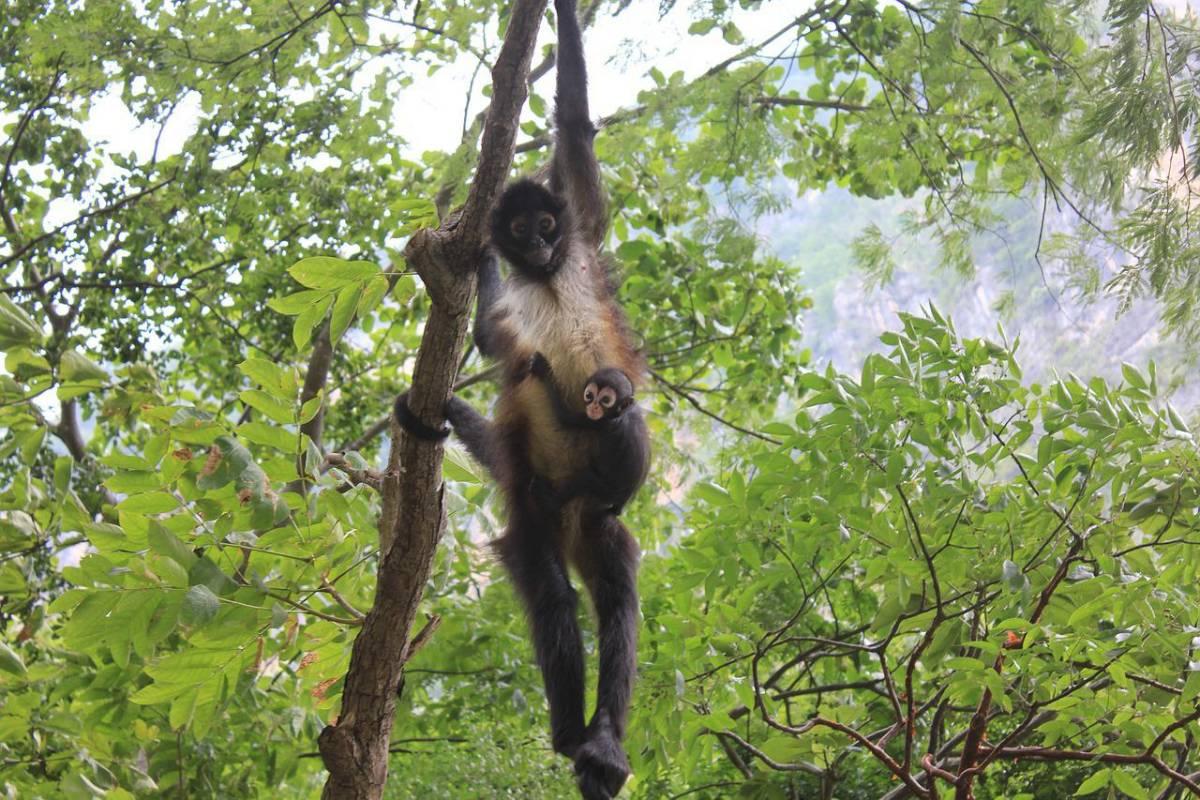
- Name: Geoffroy’s spider monkey
- Scientific name: Ateles geoffroyi
- Conservation status:
Geoffroy’s spider monkey, also known as the Central American spider monkey or the black-handed spider monkey, is a species of spider monkey native to Central America, Mexico, and Colombia.
It can weigh as much as 9 kg / 20 lb, making it one of the largest New World monkeys, and it has characteristic features such as a very long prehensile tail and arms much longer than legs. This monkey lives in groups of about 20 to 42 members, and mostly feeds on ripe fruit.
13. Mexican hairy dwarf porcupine
- Name: Mexican hairy dwarf porcupine
- Scientific name: Coendou mexicanus
- Conservation status:
What a peculiar animal that you might have never seen! The Mexican hairy dwarf porcupine, also known as the Mexican tree porcupine, is a species of rodent native to Guatemala, Costa Rica, El Salvador, Panama, Nicaragua, Mexico, Honduras, and Belize.
Unusually for a porcupine, it is arboreal and it uses its prehensile tail to hold onto tree branches. It is active by night and spends the day in hollow trees.
14. Common tapeti
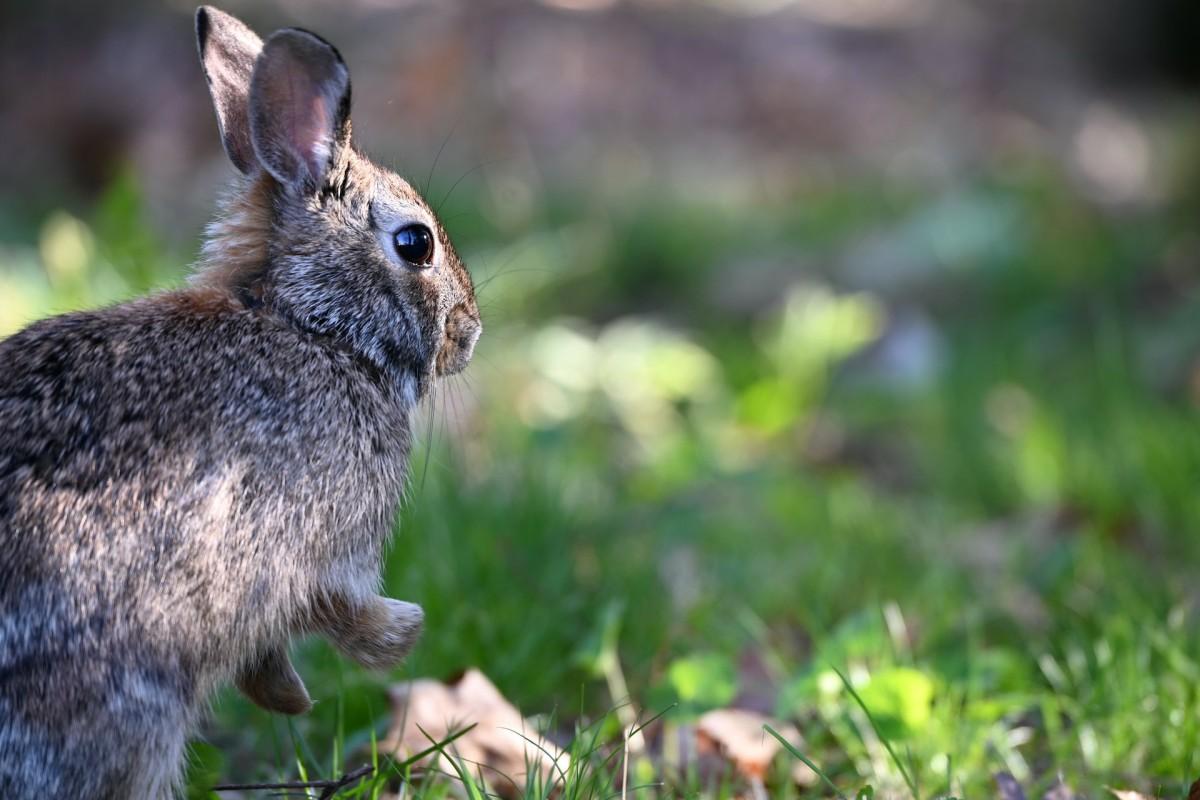
- Name: Common tapeti
- Scientific name: Sylvilagus brasiliensis
- Conservation status:
The common tapeti, also known as the forest cottontail, the tapeti, or the Brazilian cottontail, is a small to medium-sized species of a cottontail rabbit. It has short hind feet and ears and can be found from Mexico to Argentina, though it is becoming rarer and rarer.
The tapeti is indeed classified as endangered because of habitat loss and hunting. It builds nests of dry grasses above the ground to take care of its young, and breeds all around the year.
15. Jaguar
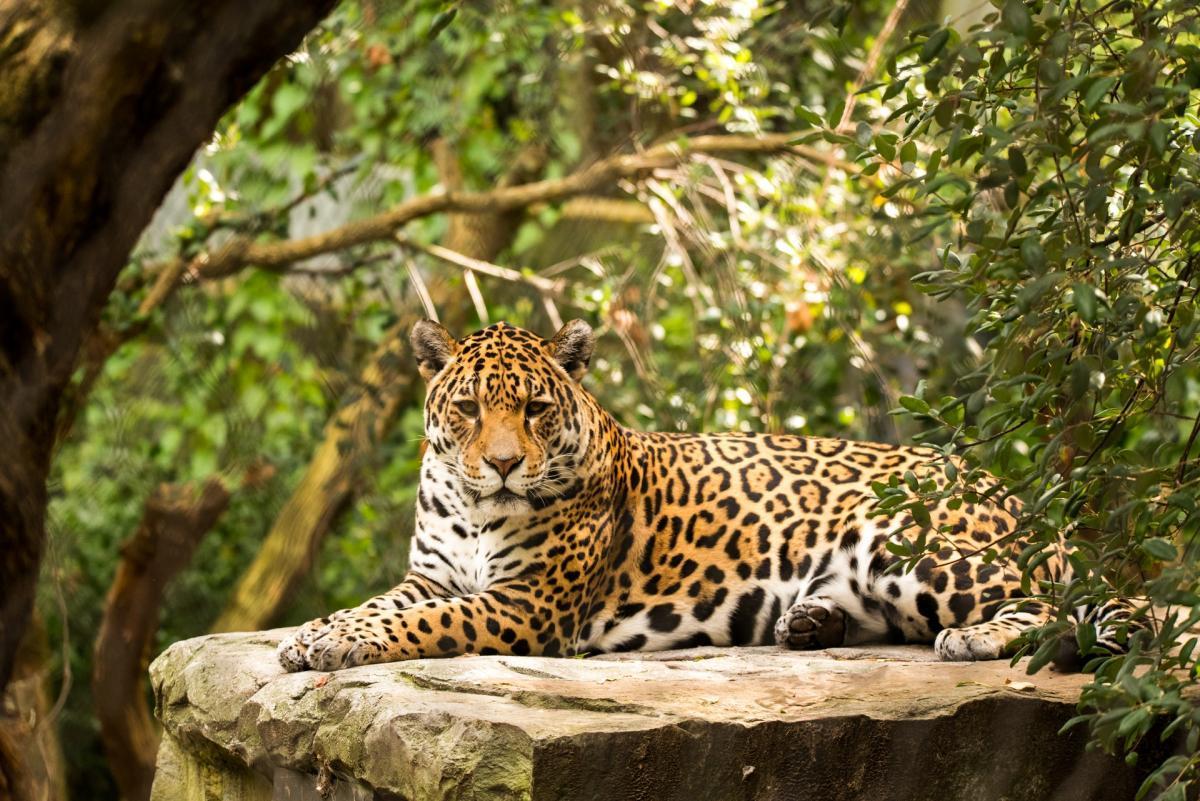
- Name: Jaguar
- Scientific name: Panthera onca
- Conservation status:
No Central or South American wildlife list would be complete without its most emblematic member: the jaguar. This wild cat species is the largest one in the Americas and the third-largest on the planet.
Its beautiful, characteristic rosettes are also its demise: it is the main reason it has been extensively hunted and is now near threatened. The jaguar is also famous for having melanistic individuals, just like the leopard, also known as the black panther.
16. Clymene dolphin

- Name: Clymene dolphin
- Scientific name: Stenella clymene
- Conservation status:
The Clymene dolphin, also known as the short-snouted spinner dolphin, is a species of dolphin endemic to the Atlantic Ocean, which is quite rare for such a widespread animal. Interestingly enough, it is the only confirmed animal to be a successful hybrid of other marine mammals, namely the spinner dolphin and the striped dolphin!
These dolphins usually live at about 100m / 330 ft in depth, but they were also spotted in shallower, coastal waters.
17. Margay
- Name: Margay
- Scientific name: Leopardus wiedii
- Conservation status:
Ever imagined what a miniature version of the jaguar would look like? Well, that is exactly what margay is!
This small wild cat species native to Central and South America is also threatened by the illegal wildlife trade, as it is hunted for its splendid coat; not only that, but deforestation is also a serious issue. The margay largely feeds on small mammals such as monkeys, but also lizards, tree frogs, and birds.
18. White-nosed coati
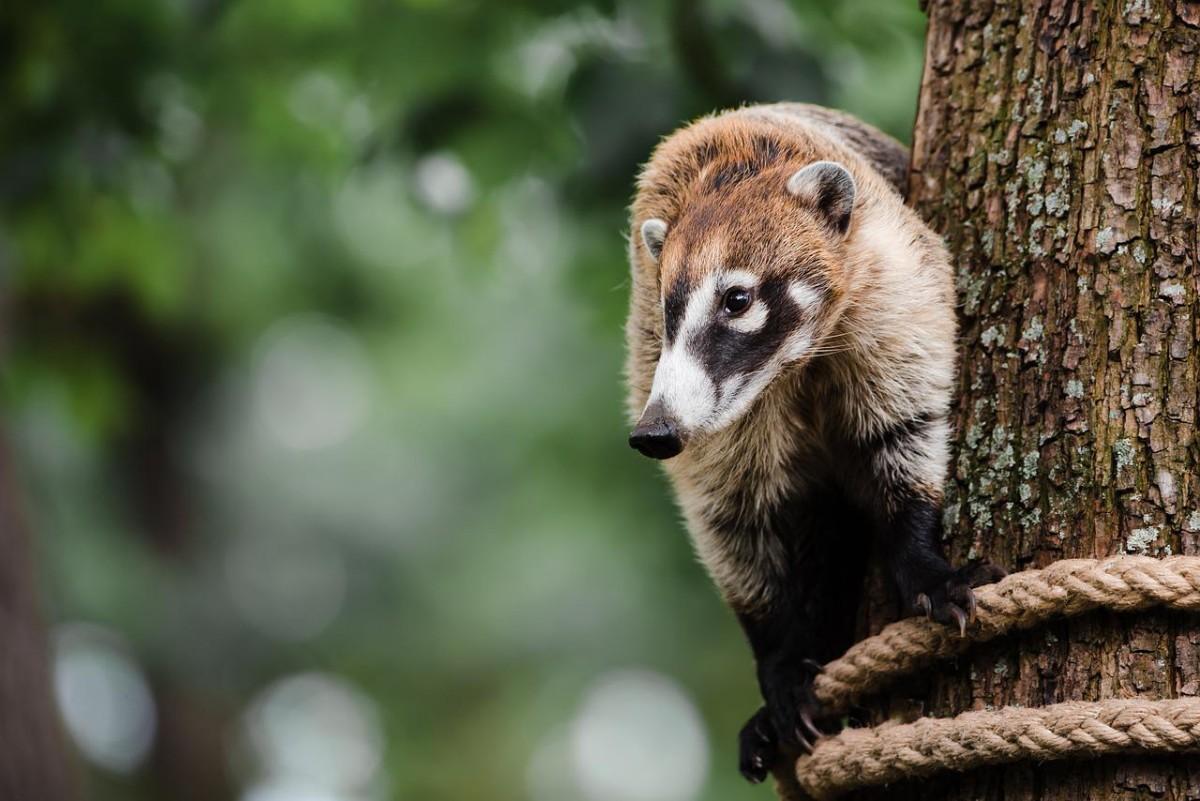
- Name: White-nosed coati
- Scientific name: Nasua narica
- Conservation status:
The white-nosed coati, also known as the Mexican Bin-dog’, the antoon, the pizote and the tejón depending on the region, is a species of coati native to Central and North America; it has also been introduced to Florida.
This mammal is an important pollinator of the balsa tree, as it ingests nectar without damaging flowers and later disseminates the pollen in the surrounding areas. In terms of feeding, it is an omnivore that eats snakes, eggs, fruits, vertebrates and even carrion.
19. Baird’s tapir
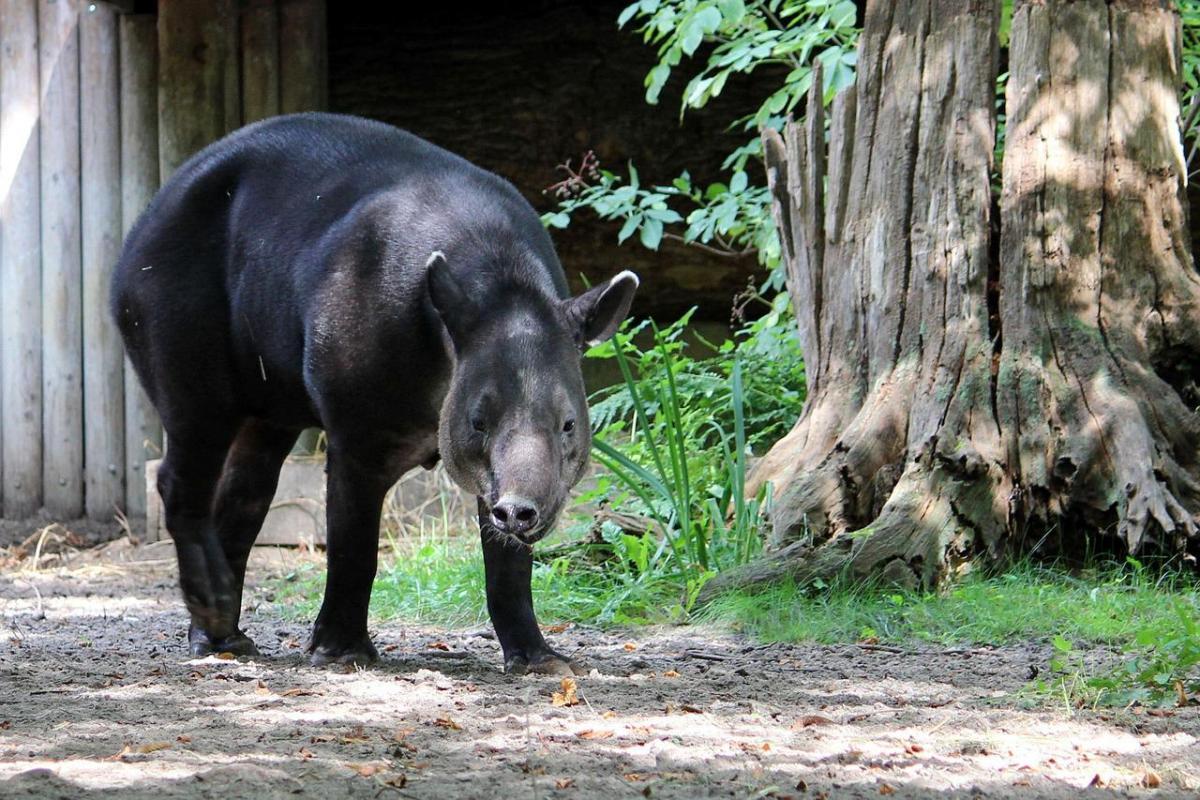
- Name: Baird’s tapir
- Scientific name: Tapirus bairdii
- Conservation status:
The Baird’s tapir, widely known as the Central American tapir, is one of four species of tapir, and one of three native to the Americas. It is the largest land mammal in Central and South America, and it sure is unique: with a distinctive trunk it uses to sniff, it easily finds food on the ground.
Despite its peaceful looks, the Baird’s tapir can be dangerous to humans, although not usually aggressive. Believe it or not, it lives in a symbiotic relationship with birds that remove ticks from its body, such as the yellow-headed caracara or even the black vulture!
20. Black vulture
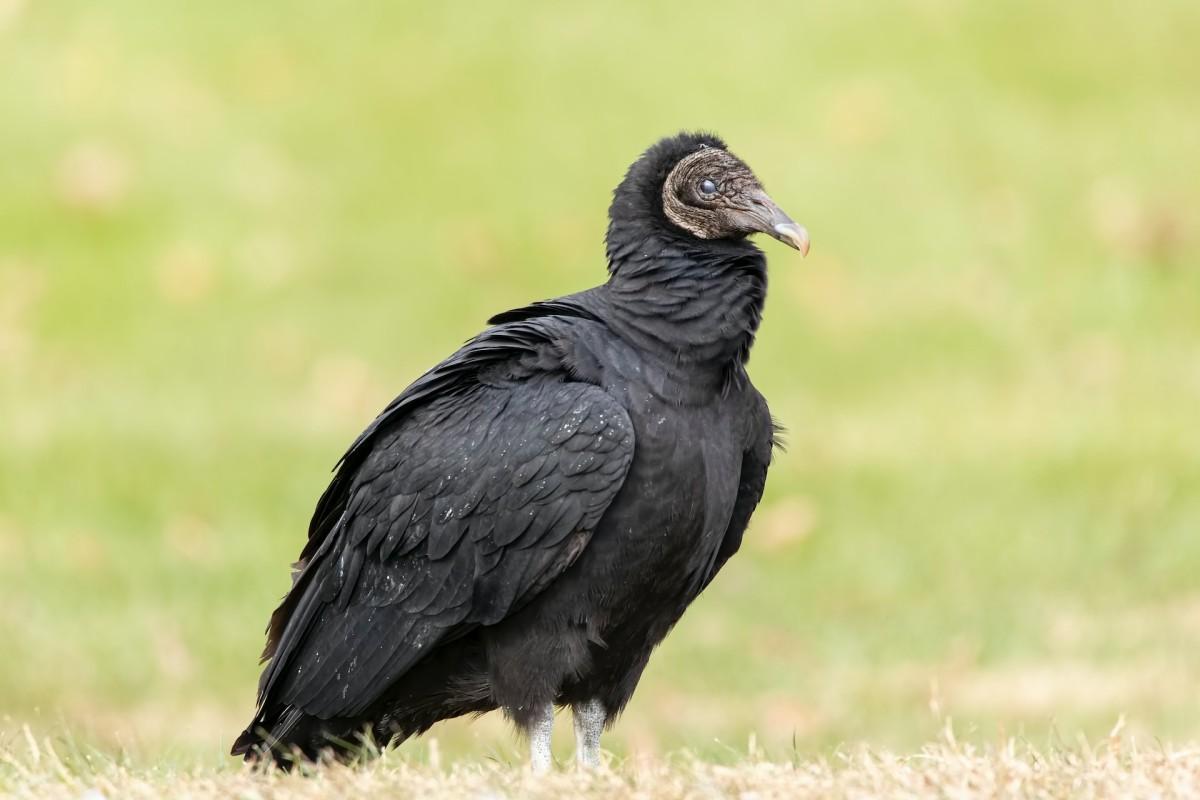
- Name: Black vulture
- Scientific name: Coragyps atratus
- Conservation status:
Speaking of it, you probably didn’t expect a vulture, usually a scavenger, to help a tapir by eating its ticks, but that’s exactly what the black vulture, also known as the American black vulture, sometimes does.
It is still a scavenger that almost exclusively feeds on carrion, but it will not hesitate to attack and kill newborn animals such as livestock or eat eggs. In areas inhabited by humans, it also feeds on garbage and dumpsters, which goes to show the adaptability and opportunism of this species.
21. American crocodile
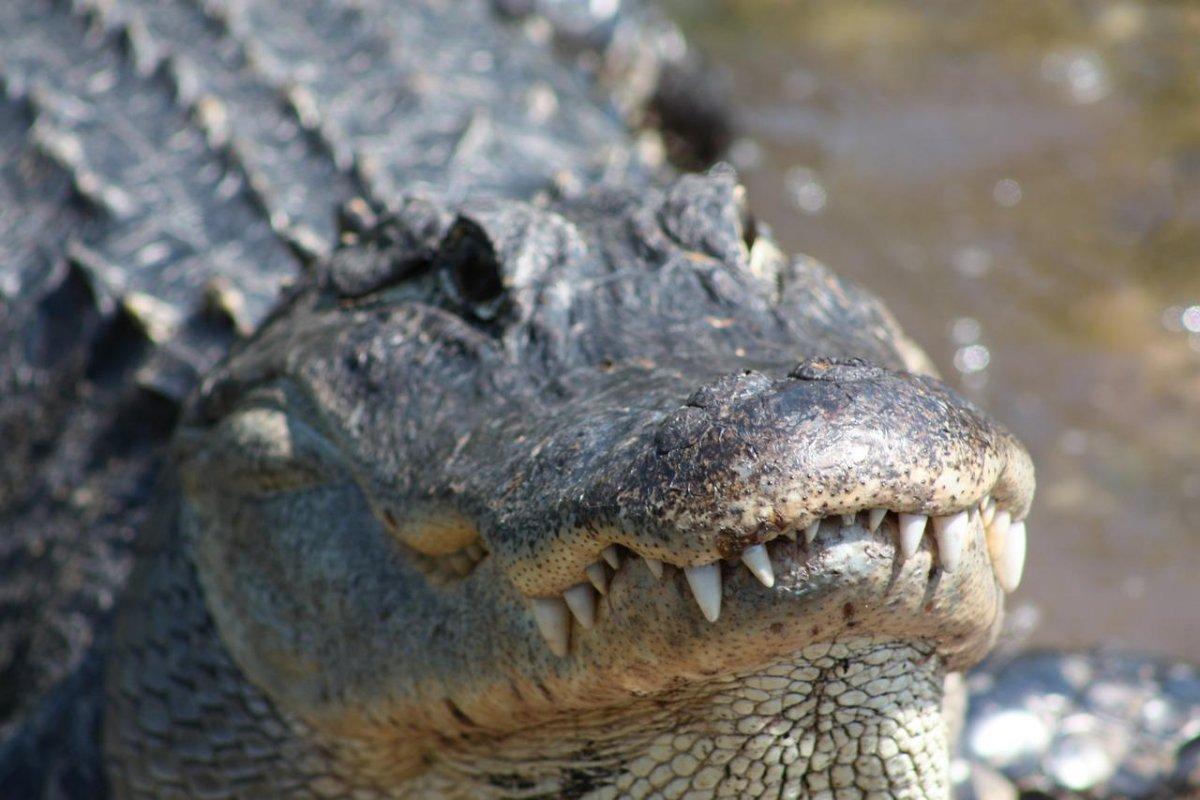
- Name: American crocodile
- Scientific name: Crocodylus acutus
- Conservation status:
Caimans are not the only crocodiles found in Guatemala, as the American crocodile is also present. It is one of four species of crocodiles in the Americas, and the most widespread of them: it can be found from Florida and Mexico to northwestern South America.
Although not aggressive, it is definitely dangerous to humans. It is the only species outside of the saltwater crocodile to tolerate saltwater, and it can be found on beaches and small islands without any freshwater source whatsoever!
—
So there you have them, these were my 21 wild animals in Guatemala. I hope you enjoyed this list and that you learned something new today.
In case you want to learn more about the animals that live in Guatemala, feel free to keep reading, as I still have lots of things to tell you about:
Endangered Animals of Guatemala
This is definitely the saddest part of the list, but it is very important to raise awareness. Because of this, let’s go through the list of endangered animals in Guatemala.
Here are the animals in danger of extinction in Guatemala.
- Craugastor myllomyllon
- Aitlan grebe
- Jalpa false brook salamander
- Galapagos petrel
- Oceanic whitetip shark
- Nassau grouper
- Guatemala stream frog
- Brown false brook salamander
- and 45 more…
- Thorny spikethumb frog
- Bonnethead shark
- Pacific nurse shark
- Green turtle
- Guatemala beaded lizard
- and 90 more…
To see the full list of endangered species in Guatemala, head over to the International Union for Conservation of Nature’s Red List.
What is the National Animal of Guatemala?
The national animal of Guatemala is the resplendent quetzal.
This quetzal is a small species of tropical bird endemic to several countries of Central America. It lives in the tropical forest and in cloud forests and is omnivorous: although it largely feeds on fruit, it will also prey on insects, frogs, lizards, and snails.
The resplendent quetzal is particularly important in Guatemala, as it is featured on the country’s flag and coat of arms, and lends its name to the local currency: the Guatemalan quetzal!
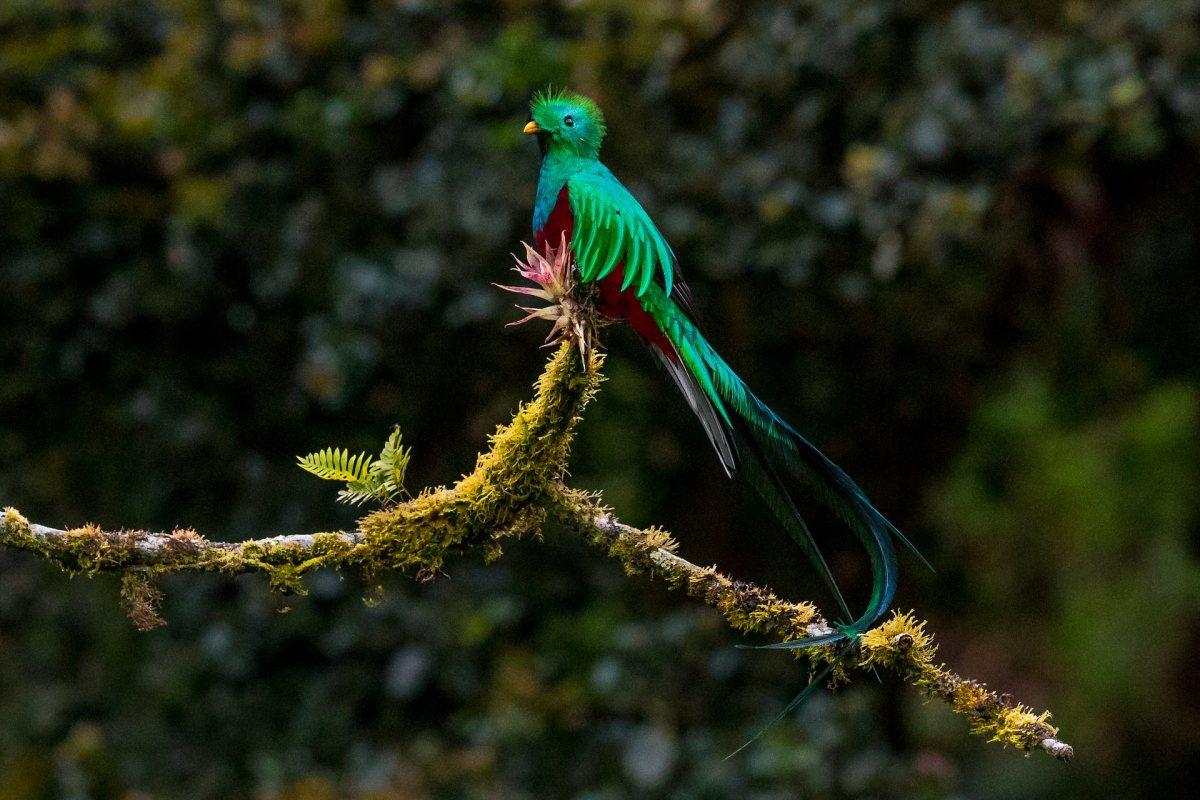
How Many Animals Native to Guatemala?
What is the diversity of native animals in Guatemala?
Let’s look at the total number of species of Chordata (mammals, birds, fishes, and reptiles).
Total number of animal species in Guatemala: 3,114 (8,066 in total in Mesoamerica)
More About Animals in the World!
Loved these Guatemala wildlife facts? Want to see what animals live in other countries?
Then check out these posts:
Or click here to see ALL the facts up on the blog! Spoiler alert: there’s A LOT of them.
Share the knowledge! Click on the buttons below to share information about these common animals in Guatemala with your friends, and help them learn more about the world 🙂
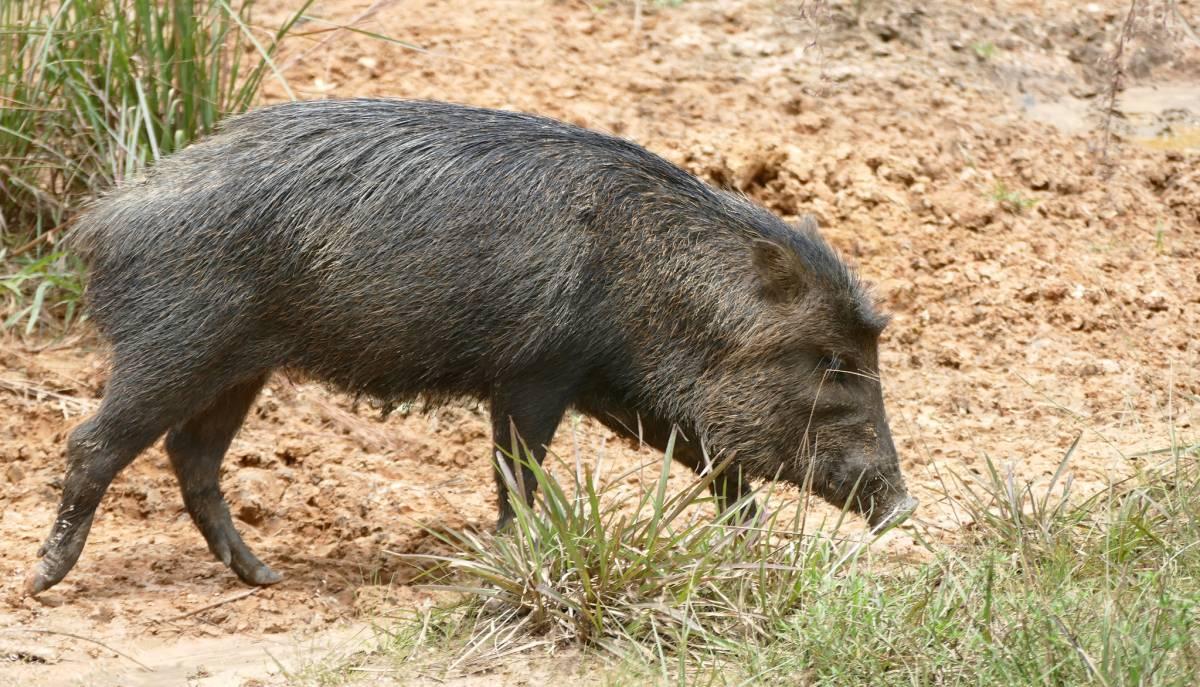

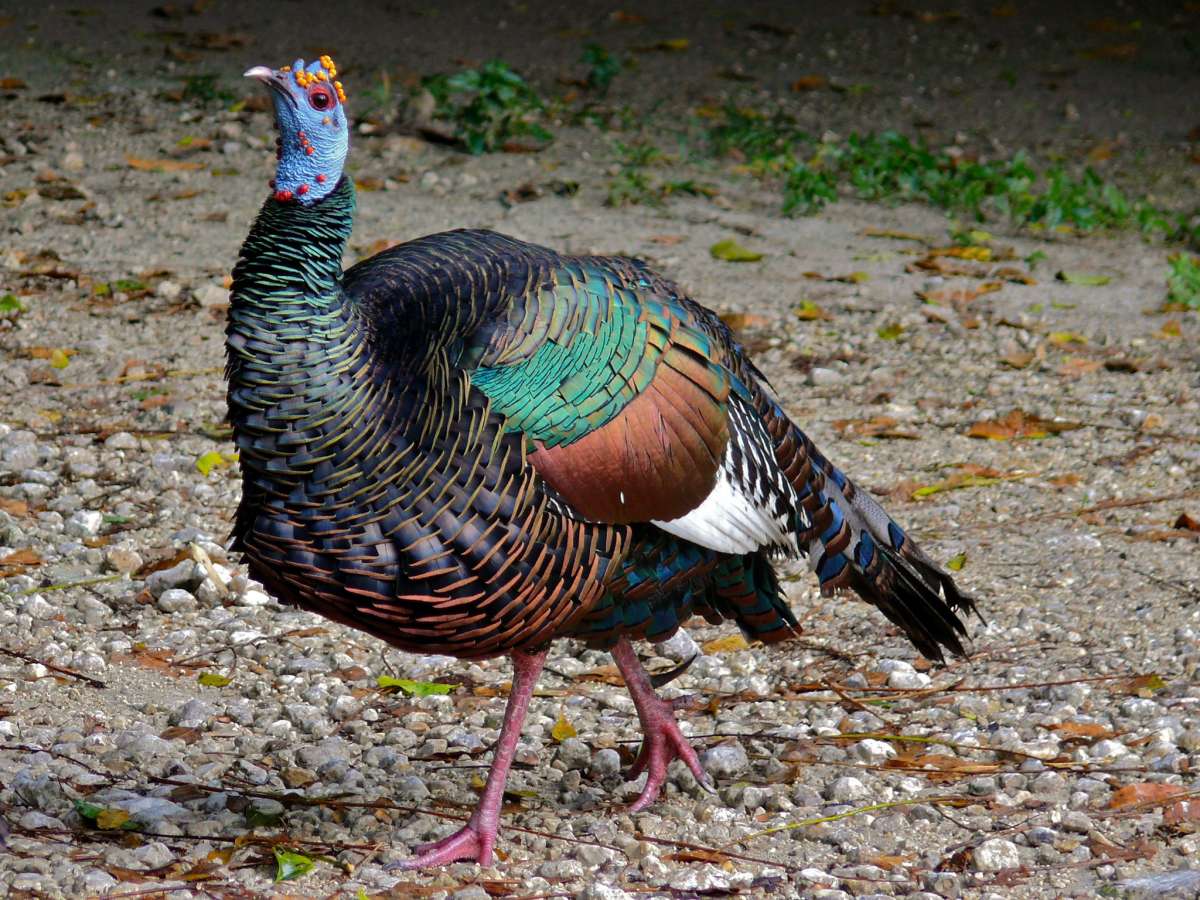
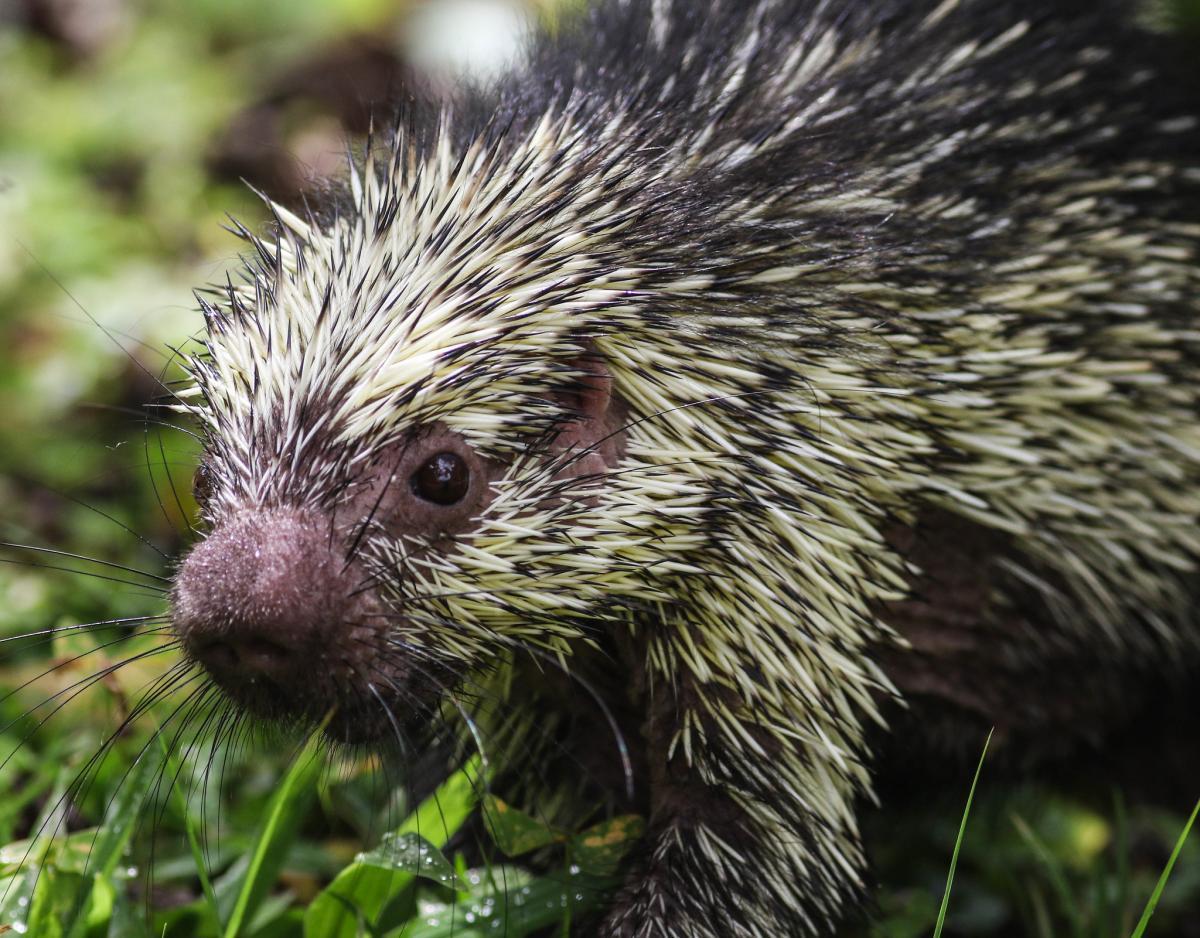
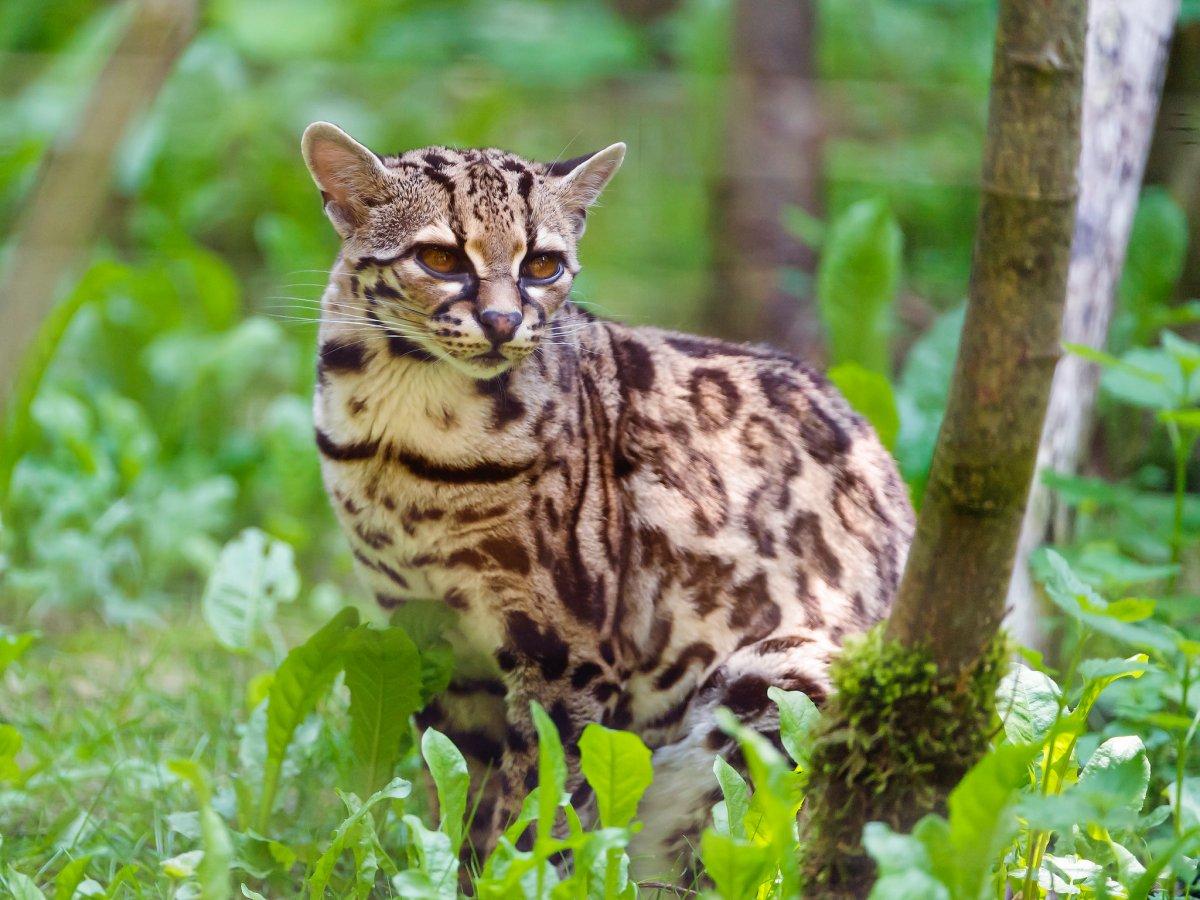

![21 Wild Animals in Bulgaria [Wildlife in Bulgaria]](https://www.kevmrc.com/wp-content/uploads/2022/06/21-wild-animals-in-bulgaria.jpg)
![50 Wild Animals in Costa Rica [Wildlife in Costa Rica]](https://www.kevmrc.com/wp-content/uploads/2022/08/50-wild-animals-in-costa-rica.jpg)
![21 Wild Animals in Ireland [Wildlife in Ireland]](https://www.kevmrc.com/wp-content/uploads/2022/06/21-wild-animals-in-ireland.jpg)